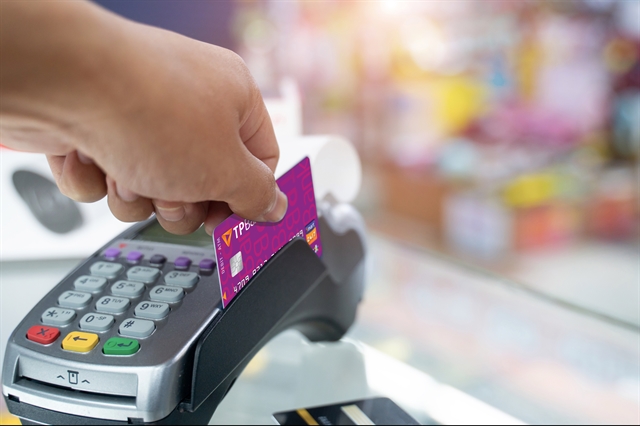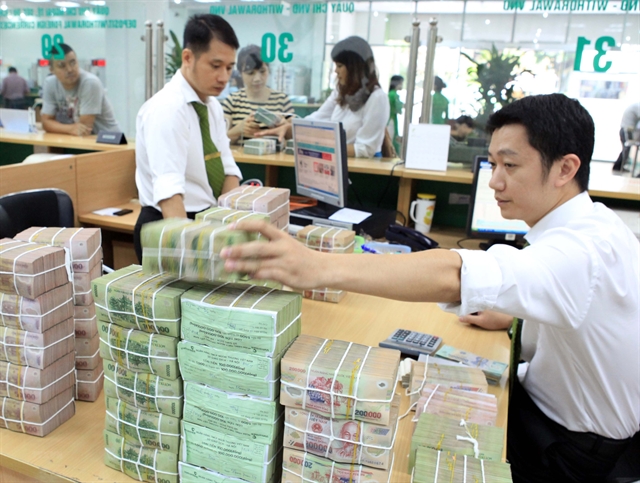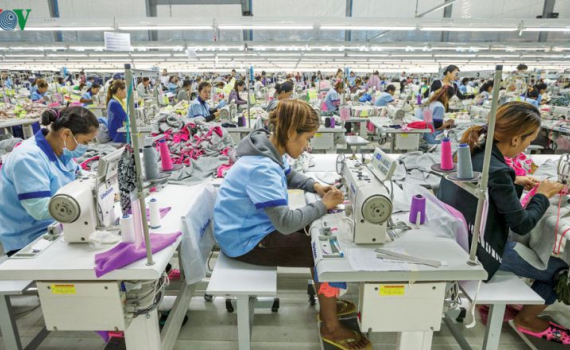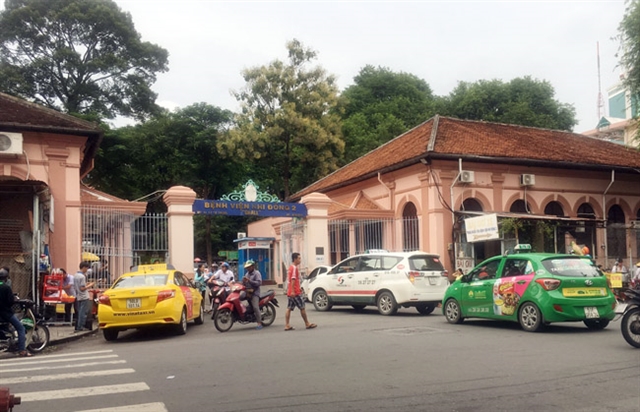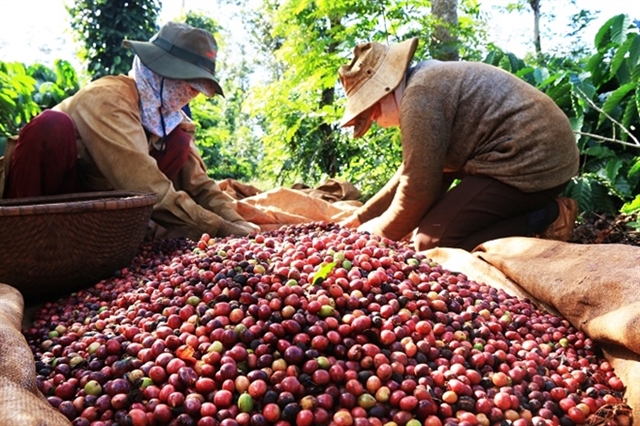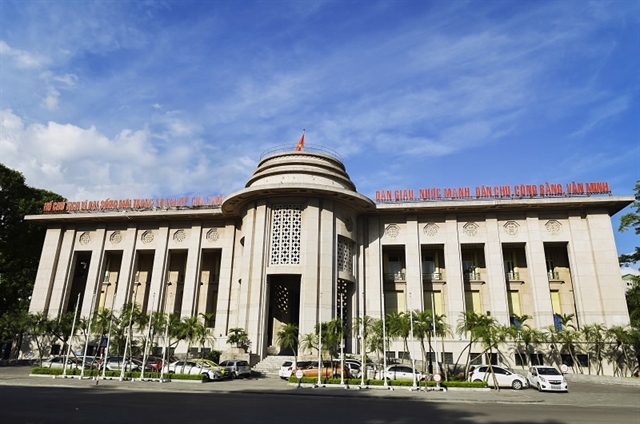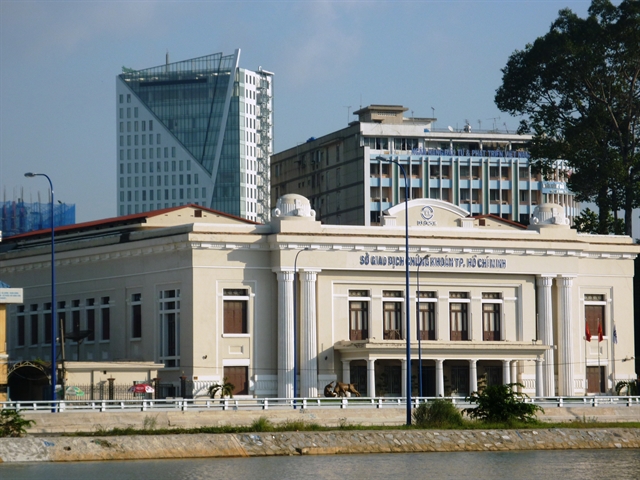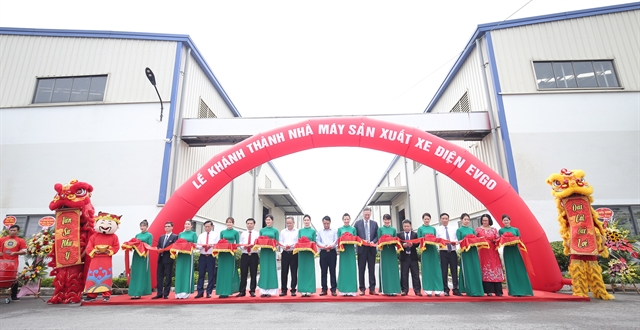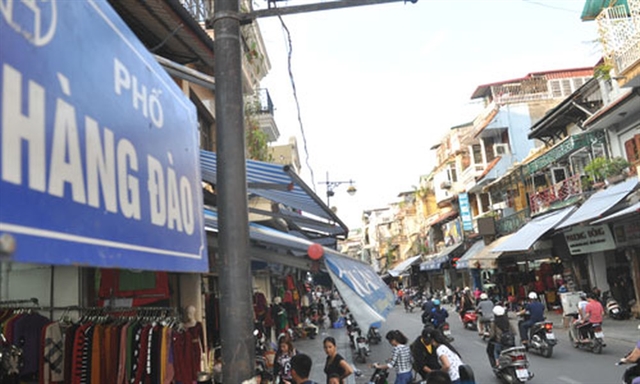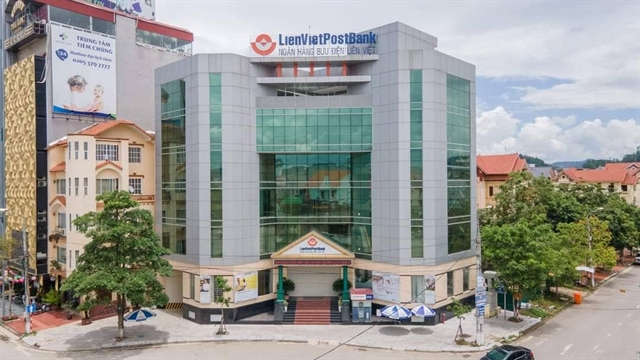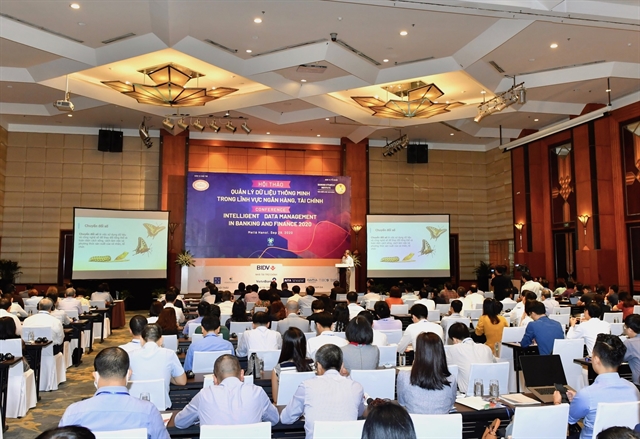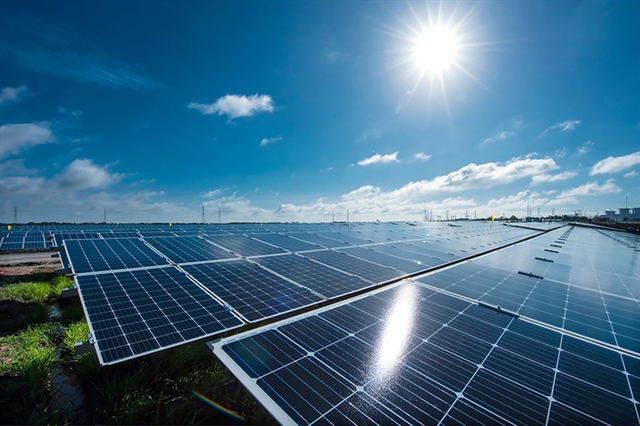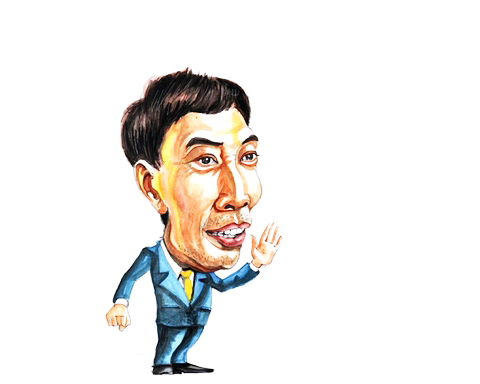
* Võ Trí Thành
The General Statistics Office last week reported Việt Nam’s economic growth reached a 10-year low of just 2.1 per cent in the past nine months – not a happy number for a country used to seeing more than 6 per cent growth for many years, but still an encouraging result if we look deeper into the report and outside to the world.
This number could deliver a rosier picture for a faster recovery, especially when the domestic gross domestic product (GDP) expanded just 0.39 per cent in the second quarter. The resurgence of the COVID-19 pandemic in the central region along with social distancing measures in late July evidently took a toll on the nation’s efforts to revive the economy.
Despite challenges, more flexible and effective control measures have helped Việt Nam restore economic activities while keeping the virus at bay. GDP grew 2.62 per cent in the second quarter. Air transport, agriculture and industrial production, import-export activities, retail and services slowly recovered in September.
There are also hopeful signs for the global economy. After collapsing in the first half of this year, global economic output has recovered rapidly following the easing of social distancing measures and initial re-opening of businesses in many countries to rescue jobs. Some recent forecasts have predicted the global recession will not be as severe as previous estimates.
Fitch’s September 2020 Global Economic Outlook Forecast predicted the initial phase of economic recovery has been faster than expected. The global rating company forecasts the annual decline in world GDP in 2020 at -4.4 per cent compared with -4.6 per cent in June. Fitch has also revised up its 2020 GDP forecasts for China and the US though predicting worse scenarios for the eurozone, the UK and India.
Global trade also showed signs of a rebound with the average weekly container ship port calls – data on the movement of vessels which carry more than 80 per cent of goods traded globally – have started to recover, rising to 9,265 by early August, just 3 per cent below the levels of a year earlier, according to new UNCTAD calculations.
In Việt Nam, trade is a bright spot in the country’s nine-month economic report besides consumption and investment, having contributed significantly to the recovery process.
Việt Nam recorded an estimated trade surplus of nearly US$17 billion in January-September, compared to a $7.7 billion surplus earned in the 2019’s same period.
Despite trade restrictions due to the pandemic, total merchandise import and export turnover was estimated at $51.5 billion during September, up 15 per cent from the same period of last year, lifting the nine-month trade turnover to $388.7 billion, up 1.8 per cent year-on-year.
Though still suffering a deficit, the domestic-invested sector for the first time delivered faster growth than the foreign-invested sector. Merchandise shipped by the domestic-invested sector was estimated to expand 20.2 per cent year-on-year in the last nine months while overseas shipments of the foreign-invested firms declined 2.9 per cent in the same period.
This is a positive sign, showing Vietnamese enterprises have been more adaptable and taken the initiative to seek business opportunities and produce goods according to market demand.
In the first nine months, Việt Nam had 30 export items fetching turnover of $1 billion each, many of which were key commodities of domestic firms such as farm produce, timber products, apparel, furniture, machinery and electronic components.
Domestic businesses have also made better use of free trade agreements (FTAs), especially the EU-Việt Nam FTA, breaking the notion that Vietnamese firms have not performed adequate research or had little understanding about trade agreements.
Data of the Ministry of Industry and Trade revealed just two months after the trade deal took effect on August 1, the trade authority had granted nearly 15,000 sets of certificates of origin with an export turnover of nearly $700 million to 28 EU members. The main items were products which Vietnamese firms have production advantages such as footwear, seafood, coffee, apparel, vegetables, bags, suitcases, rattan and bamboo products.
Meanwhile, a big trade surplus has also made an important contribution to the nation’s surplus in international payment, increasing foreign reserves and ensuring exchange rate flexibility and more market-based policy.
However, there are still concerns over the balance of trade.
The high trade surplus was largely driven by steep falls in imports. Import value increased 5.6 per cent monthly in September but the nine-month number is estimated at $185.9 billion, down 0.8 per cent year-on-year (compared with 8.3 per cent growth in 2019’s first nine months).
This has shown many sectors are still facing difficulties and challenges in finding orders, especially in the garment and textile and footwear industries.
In addition, the services sector, which suffered large deficits due to limited competitiveness (with the exception of tourism), continued to see the deficit surge in nine months to $8.2 billion. This result was attributable to a 70 per cent decline in foreign tourists during this period (foreign tourists account for 50 per cent of purchasing power of tourism revenue) and a steep fall in transport demand.
A big question is on the table now: Can Việt Nam make use of opportunities arising from the pandemic to expand its trade map?
The COVID-19 – a once-in-a-century health crisis – has made many countries realise the importance of self-supply of strategic products such as medical equipment and products. The shift in countries’ policies for product priorities could be a helpful suggestion for Việt Nam to restructure its merchandise trade for sustainable development.
Recent forecasts showed Việt Nam’s GDP could reach 2-3 per cent this year. This is the lowest growth since the country has embarked on reforms.
Organisations such as Fitch and HSBC have recently predicted a rosier estimate of more than 8 per cent for 2021. This is a very high growth rate but not enough to solve social problems such as employment. To return to the pre-virus growth rate, we may have to wait until 2022 due to some uncertainties as well as costs associated with the restructuring process, especially in the banking and State-owned enterprises sectors, with bad debts expected to rise post-pandemic.
The outlook though looks less pessimistic but with the pandemic yet to be contained and the fact it may surge again, risks and uncertainty abound. To build confidence and facilitate the recovery path, enterprises are greatly in need of the Government’s support, in which it is essential to continue the reform closely in line with the global trends in value chains, investment, consumption and digitalisation. — VNS
Võ Trí Thành is a senior economist at the Central Institute for Economic Management (CIEM) and a member of the National Financial and Monetary Policy Advisory Council. The holder of a doctorate in economics from the Australian National University, Thanh mainly undertakes research and provides consultation on issues related to macroeconomic policies, trade liberalisation and international economic integration. Other areas of interest include institutional reforms and financial systems.
